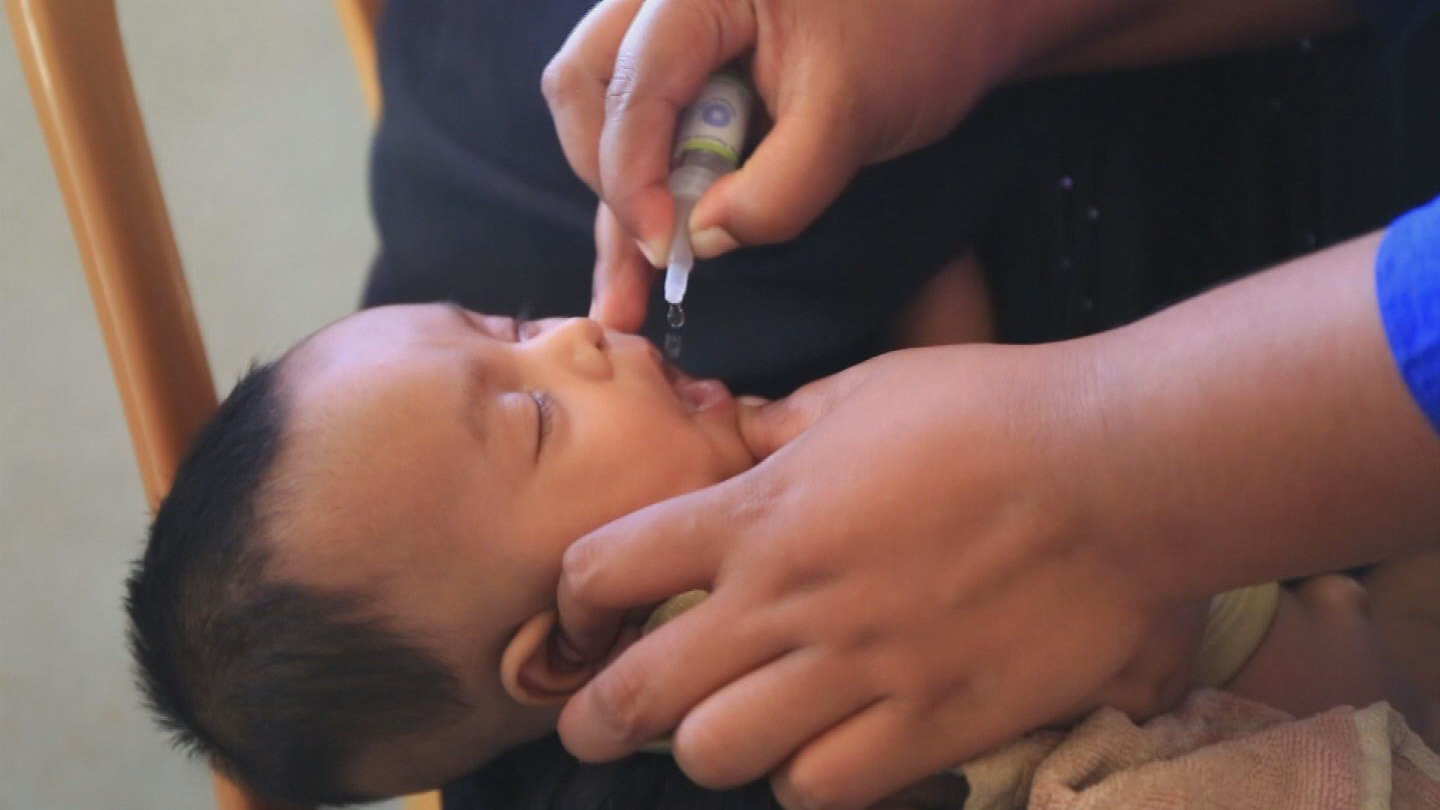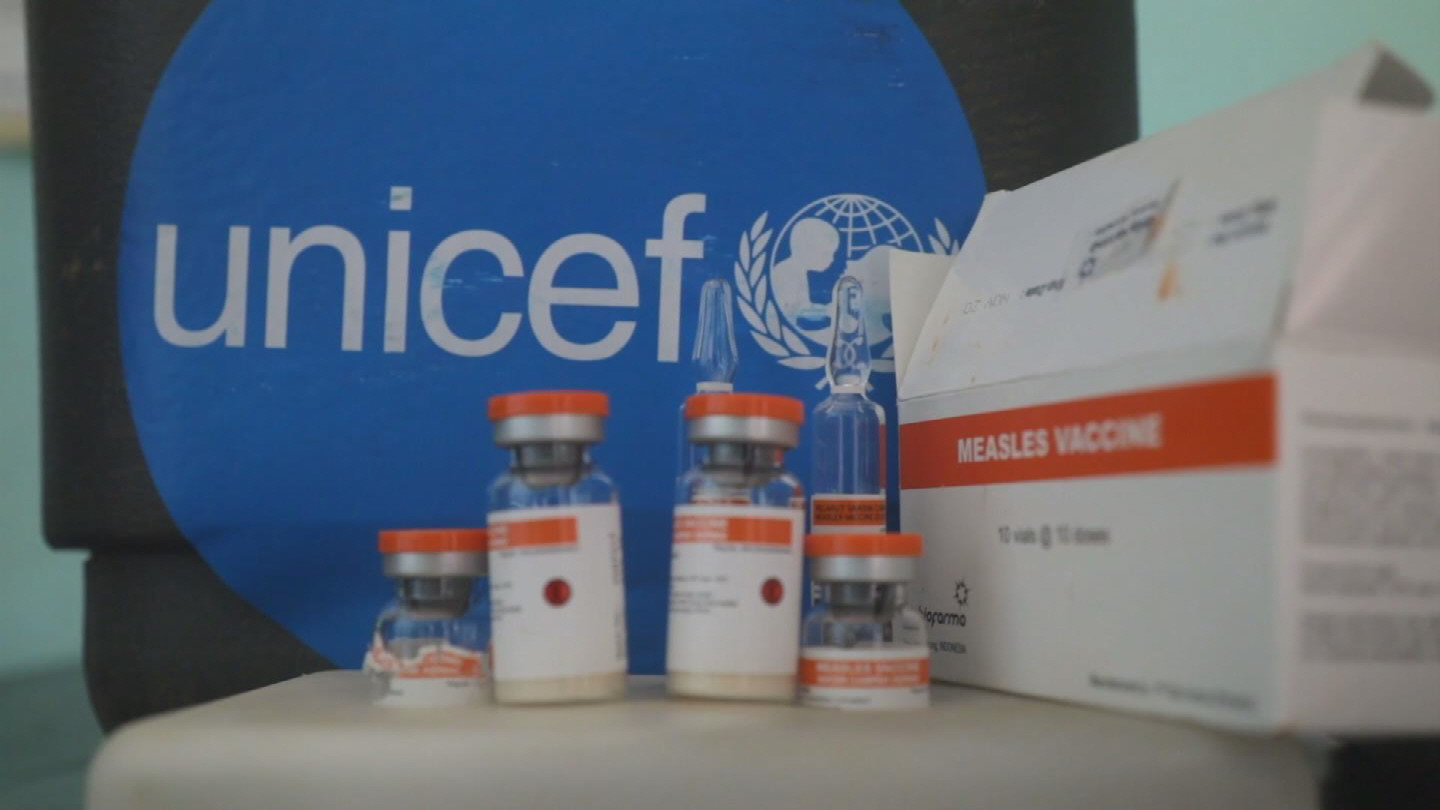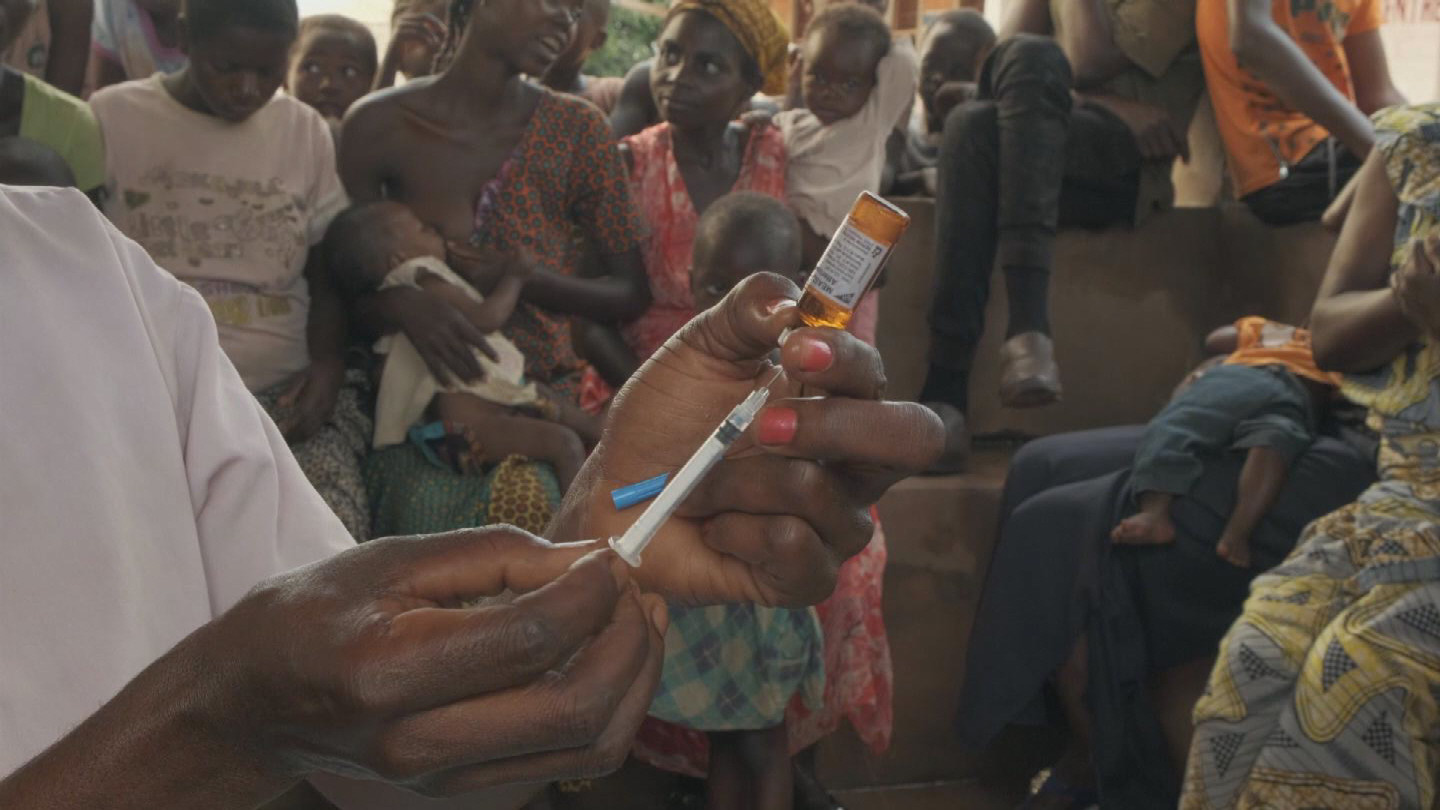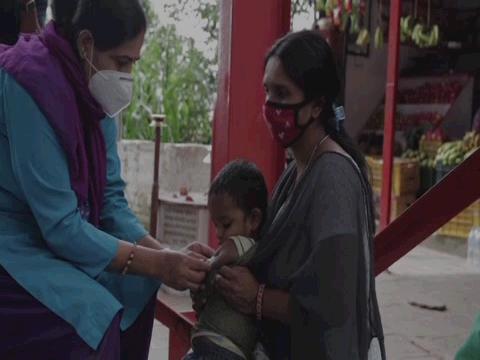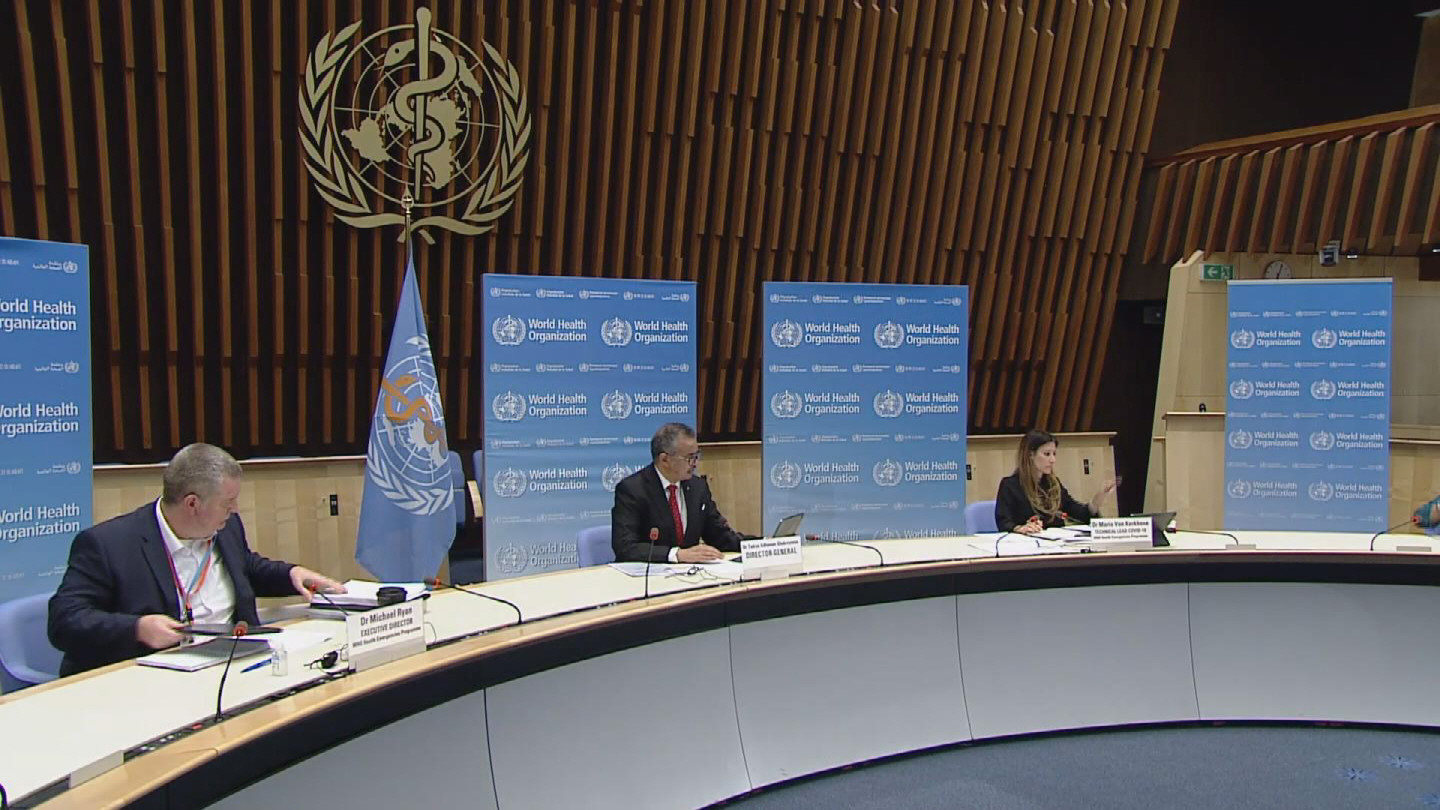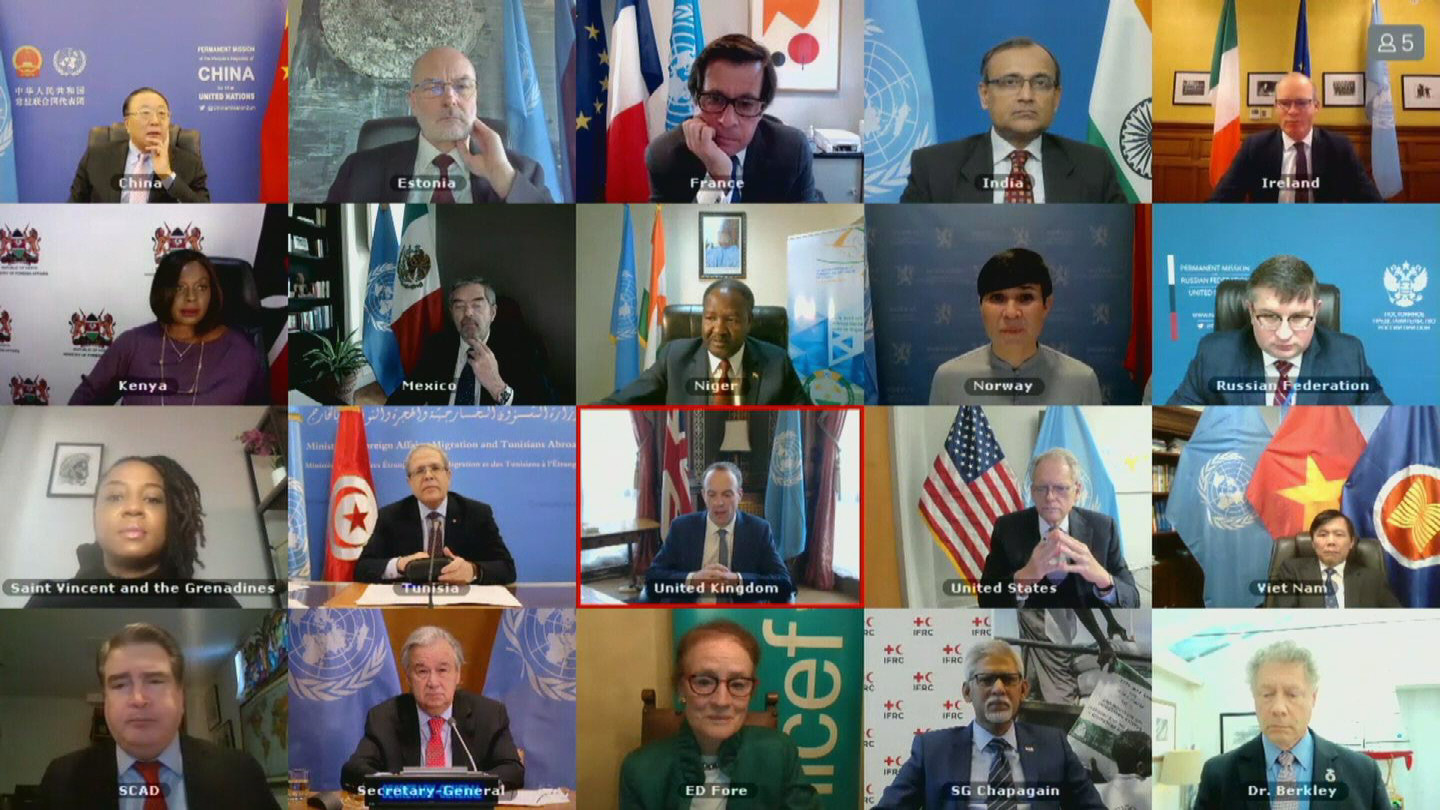UNICEF / VACCINATION
Download
There is no media available to download.
Share
STORY: UNICEF / VACCINATION
TRT: 01:53
SOURCE: UNICEF
RESTRICTIONS: EMBARGOED UNTIL 00:01 GMT, 26 APRIL, 2017; PLEASE CREDIT UNICEF FOOTAGE ON SCREEN
LANGUAGE: NATS
DATELINE: FILE
10-12 AUGUST, 2016, MAIDUGURI, NIGERIA
1. Wide shot, families waiting outside UNICEF tent
2. Various shots, children being vaccinated
19-21 FEBRUARY, 2017, ALHAYAMAH, YEMEN
3. Close up, child being vaccinated
4. Med shot, health worker vaccinating child
5. Various shots, health worker speaking to parent
6. Close up, health worker vaccinating baby
24-26 MARCH, 2017, BAYANGA, CENTRAL AFRICAN REPUBLIC
7. Wide shots, health workers speaking to members of community
8. Wide shot, children cutting wood in Yandoumbe village
9. Wide shot, mother and children in front of hut
10. Various shots, children being vaccinated
UNICEF said it was reaching almost half of the world’s children under five as it procured 2.5 billion doses of vaccines in 100 countries. The figures, released during World Immunization Week, make UNICEF the largest buyer of vaccines for children in the world.
UNICEF said it provided Nigeria, Pakistan and Afghanistan more doses of vaccines than any other country, with almost 450 million doses of vaccine procured to children in Nigeria, 395 million in Pakistan and over 150 million in Afghanistan.
UNICEF said deaths of children under five caused by vaccine preventable diseases have fallen dramatically between 2000 and 2015. Still, the Fund estimated that 19.4 million children around the world were still missing out on full vaccinations every year with around two-thirds of all unvaccinated children live in conflict-affected countries. It added that weak health systems, poverty and social inequities also mean that 1 in 5 children under five is still not being reached with life-saving vaccines.
UNICEF noted that inequalities persist between rich and poor children as the poorest children globally are nearly twice as likely to die before the age of five as the richest. UNICEF stressed that the focus and investment of immunization services must be tailored to the specific needs of communities and children with an estimated 1 in 4 people expected to live in urban poor communities, mainly in Africa and Asia, by 2030.
